Here is your guide to the best time to visit Romania.
We have listed how to get there, the best time to travel, details on the best time of the year the weather is best, what the coldest month is, as well as a detailed season in Romania guide.
Oh, and ideas on what to see and the best attractions in Romania, too, of course.
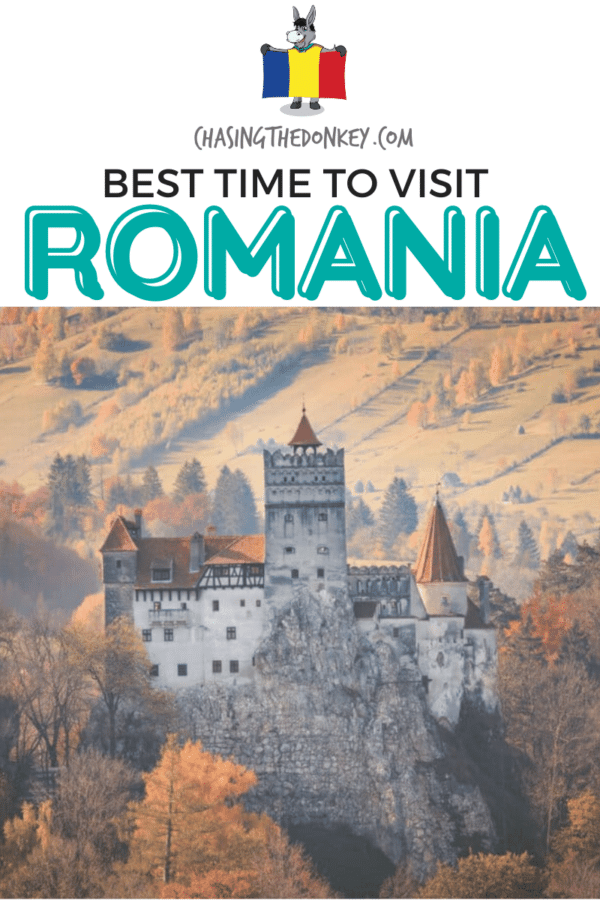
If you’ve heard of the Danube Delta, Transylvania, and Bucharest, to name just three locations, you’ve heard of Romania.
Romania is an affordable, beautiful, and highly cultural country that everyone must visit at least once. But what’s the best time to visit Romania? Let me explain in detail so you can plan your vacation.
What time to travel to Romania depends very heavily on what you want and where you plan on going.
You see, Romania is large enough to have very different climates across its regions. During the summer, the south and east lowlands experience very high temperatures, so it’s no surprise that most people flock to the beach in July and August!
The Danube Delta is a spring-like affair with fantastic nature and wildlife for hiking expeditions. At the same time, the Carpathian Mountains are fantastic skiing spots during the winter months.
So, if you’re unsure where to go and when, let’s look at Romania in more detail to help you solve your problem.
Skip Ahead To My Advice Here!
What Is The Weather In Romania Like
There are three different climate zones across Romania, making it a bit tricky to pin down precisely what the weather will be like at any given time. But hey, that adds to the adventure, right? Let’s dive into the climate specifics.
If you’re planning to visit the area just west of the Carpathian mountains, brace yourself for hot summers with high humidity and relatively mild winters. You won’t see much rain or snow here. Head east, and you’ll encounter a continental climate with clear-cut summers and winters. Expect scorching summers and frigid winters, along with a good chance of rain and snow.
Then there’s the Black Sea coast and the southern part of Romania, which enjoy a more Mediterranean climate. This means warm to hot summers and mild winters, with occasional rain in the colder months. Winter temperatures in these popular areas hover around 5 degrees Celsius, soaring to the mid to high 20s during summer.
Generally, if you’re chasing high temperatures and dreaming of a sun tan, May through September is your best bet. Be mindful, though; this is also when tourist spots are bustling. April and October offer warm temperatures and thinner crowds, but you might need your umbrella.
And if you’re up for a bit of spooky ambiance, October in Transylvania is a must. Imagine exploring the home of Dracula with cold, dark, and probably wet weather setting the perfect stage for Halloween – talk about atmospheric!
Weather Guide
Romania’s weather patterns are as varied as its landscapes, thanks to the country’s three distinct climate zones.
In the west, just beyond the Carpathian mountains, summers are hot and humid, while winters are generally mild with minimal rain or snow. The eastern part of the country, with its continental climate, contrasts sharply: here, you’ll find blistering summers and icy winters, accompanied by significant rainfall and snowfall.
The Black Sea coast and the southern regions enjoy a Mediterranean climate, offering warm to hot summers and gentle winters. Though winter here is milder, with temperatures around 5 degrees Celsius, don’t be surprised by occasional rainy days. Summer temperatures, on the other hand, can climb to the mid to high 20s.
For those chasing the sun, May to September offers the best chance for warm weather and sunbathing opportunities. These months, however, also bring in the crowds. If you prefer a quieter visit with still pleasant weather, consider April or October, though you might encounter some rain.
And for fans of the mysterious and eerie, October in Transylvania is a real treat. Embrace the chilly, often wet weather that adds to the spooky atmosphere of Dracula’s homeland, especially around Halloween. It’s the perfect backdrop for experiencing the region’s rich history and folklore.
Best Month To Visit Romania
Spring in Romania
Ah, spring in Romania! This is when the country shakes off its winter coat and bursts into color. In Transylvania, for instance, the snow begins to melt, revealing lush green landscapes. Cities like Brasov and Sibiu come to life with outdoor cafes and blooming flowers. It’s a bit of a mixed bag weather-wise – some days are sunny and warm, perfect for exploring medieval castles, while others might surprise you with a sudden shower.
Over in the Banat region, the climate is milder. Timisoara, often called ‘Little Vienna,’ is particularly charming in spring. The parks are ideal for leisurely walks, and the temperatures are just right – not too hot, not too cold. It’s the perfect time to wander around without the summer crowds.
Summer In Romania
Summer in Romania is quite the experience, especially if you love sunshine and long days. The Black Sea Coast, particularly Mamaia and Constanta, has become a hotspot for beach lovers. Expect lively beaches, bustling nightclubs, and plenty of sunbathing. The weather is typically hot and sunny, ideal for those looking to soak up some Vitamin D.
If you’re not a fan of scorching heat, the Carpathian Mountains offer a cooler alternative. Regions like Maramures and Bukovina, with their wooden churches and serene landscapes, provide a refreshing escape from the summer heat. It’s also a fantastic time for hiking and exploring Romania’s natural beauty.
Romania In Winter
Winter in Romania can be pretty magical, especially if you’re into snow and cozy vibes. The Carpathian Mountains are a winter wonderland, offering some of the best skiing and snowboarding in Eastern Europe. Places like Poiana Brasov and Sinaia are not just ski destinations; they’re also steeped in history and culture.
In cities like Cluj-Napoca, the winter can be pretty brisk, but it’s nothing a warm coat and a cup of hot mulled wine can’t handle. The Christmas markets are a highlight, filled with festive cheer, local crafts, and delicious treats. It’s a fantastic time to experience Romanian culture at its most vibrant.
Autumn In Romania
Fall in Romania is like a canvas painted with warm colors. Regions like Transylvania genuinely shine during this season, with their forests turning shades of gold, orange, and red. It’s the ideal time for road trips through the countryside, with stops at vineyards and quaint towns like Sighisoara and Brasov, as well as the most beautiful road in the world. Okay, so maybe not THE world, but the most beautiful road in Romania is undoubtedly the Transfagarasan Highway, also known as DN7C.
The Danube Delta, too, has its own fall charm. As the summer crowds disperse, the area becomes more serene, offering a tranquil experience amidst nature. It’s a birdwatcher’s paradise, with migratory birds stopping by. The weather is cooler and more unpredictable, but that adds to the charm of exploring Romania’s diverse landscapes during this season.
In each of these seasons, Romania offers a unique experience, combining natural beauty with rich history and culture. Whether you’re looking for adventure, relaxation, or cultural exploration, Romania’s varied climate and regions provide something for every traveler.
Brands We Use And Trust
Events & Festivals In Romania Not To Be Missed
Many festivals and events occur across the year, and it’s a good idea to head online and check which options are available during your planned visit time. Festivals and events all crop up, but here are some notable ones you might want to take advantage of.
Revino Wine Show
Are you a wine fan? In that case, head to Bucharest in May to revel in everything wine-related!
The Traditional Crafts Fair – Bucharest
The Village Museum in Bucharest hosts June’s Traditional Crafts Fair. This is a great chance to pick up some traditional souvenirs to take home and learn how different items are made, including rugs, textiles, pottery, glass items, and many others.
Maidens’ Fair
This traditional festival takes place during the third weekend in July in Transylvania’s Alba County. It’s an old tradition of match-making, and villages are seen walking up to the Gaina Mountain Plateau all in traditional dress. You’ll experience dancing, Romanian food, and music and might find The One!
Sighisoara Festival of Medieval Arts and Crafts
Mures County in Transylvania hosts this medieval arts festival on the last weekend in July. You’ll learn more about the area’s music, crafts, and arts of medieval times, and it’s a very cultural time to visit!
George Enescu Classical Music Festival
September is a musical month in Bucharest, with classical music everywhere you look and hear! Some of the world’s best classical musicians flock to the city, and it’s a true festival for the ears.
Revino Gourmet Show
If you’re in Bucharest at the end of October, be sure to drop in on the Revino Gourmet Show. You’ll be able to sample and buy local fares, such as cheese, wine, and meats.
Transylvania’s Halloween Celebrations
Halloween is one of the best times to visit Transylvania, which puts on a real show around the famous castle of Count Dracula. It’s a dark, spooky, and truly memorable experience!
Christmas Markets In Romania
All major towns and cities across Romania have Christmas markets throughout December, with Bucharest holding one of the largest. It’s a true celebration and a great chance to pick up last-minute gifts!
What to Pack For Romania – Season-By-Season
What to pack for your visit to Bucharest really depends upon where you’re going and when.
Generally speaking, if you’re visiting the coastal regions from July to the end of September, you can get away with full-on summer clothing and definitely need your swimwear. You might need a light jacket or cardigan if you visit in April, early May, and September.
Outside of those months, layers are your friend. If you’re visiting the central parts of the country, Transylvania, and the mountainous areas, you’ll need full winter clothing from November to February.
Best Time Of Year To Visit Romania Area-By-Area
Because it’s so hard to pinpoint when to go because of the different climates, and especially what to pack, let’s take a look at the other regions in detail.
Northern Romania
The northern part of the country includes Transylvania, as well as the Hoia Forest, and Simion Barnutiu Central Park. The best time to visit this region is between May and September. The weather will be pleasant without being too hot or too cold, and the crowds will be less. Temperatures are around 25-28 degrees Celcius during July.
Eastern Romania
The eastern part of the country includes Lasi, Tulcea, and Galati. May to September are great months to visit this region; June and August will give you the highest temperatures, often hitting the high 20s. Despite that, rain can happen anytime, albeit less likely during the summer months.
Southern Romania
The south of Romania is home to the capital, Bucharest, Constanta, and Craiova. The best time to visit this region is July and August. This is when the chance of rain is at its lowest and temperatures are around the high 20s to low 30s. August is the hottest month. July is the sunniest. January is cold in this region but still beautiful, with a chance of snow.
Western Romania
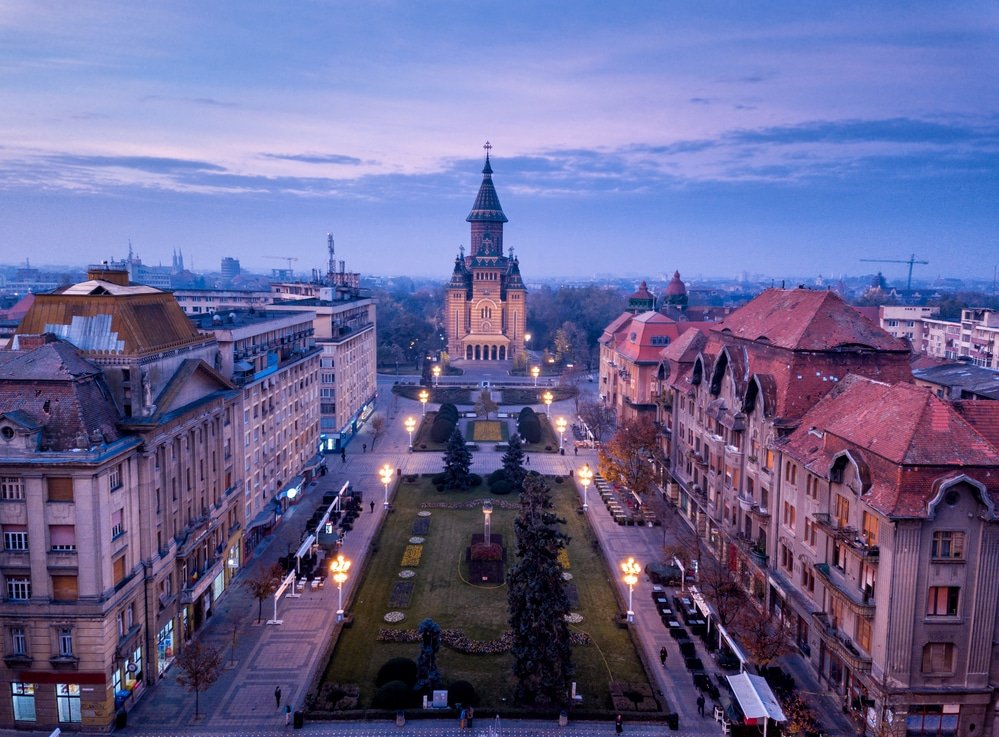
Between April and October is the best time to visit Timisoara in the country’s west. At this time, you can expect temperatures of around 30 degrees Celcius with plenty of sunshine, compared to about 6 degrees Celcius and rain in December. Between May and June, you have the highest chance of precipitation.
Central Romania
This is one of the country’s most famous and most visited parts, including Bran, Brasov, and Sinaia, to name just three. It’s a good idea to see the center of the country between August and September. It can often rain between May and July; temperatures will be slightly cooler, making it a bit more comfortable. Between December and March, you can expect cold and wet weather.
Romania Is Now Easier To Get To
Big news for travelers! As of March 31st, 2024, Romania stepped into the Schengen zone, which means smoother travel and fewer border checks.
Romania has been part of the European Union (EU) family since 2007, but until 2024, they weren’t part of this cool club that lets you roam freely across borders.
Crossing borders into Romania is a whole lot easier than before. Think less time at checkpoints and more time enjoying the sights and sounds of these amazing destinations. It’s all about making travel within the EU a breeze for its 400 million citizens – and, of course, for visitors like you!
Read more bout the Schengen changes here.
Our Favorite Places To Visit In Romania
Romania is a beautiful country with a rich history, diverse landscapes, and vibrant cities. Here are the top 10 popular destinations in Romania:
- Bucharest: the capital city of Romania offers a mix of modern and historical attractions, including the Palace of Parliament, the Village Museum, and the Old Town. It’s also a hub for nightlife, shopping, and cultural events
- Brasov: located in the heart of Transylvania, Brasov is a charming city surrounded by the Carpathian Mountains. Its highlights include the Black Church, the medieval walls, and the nearby Bran Castle, commonly known as Dracula’s Castle
- Sibiu: this picturesque city was designated as the European Capital of Culture in 2007. Sibiu features a well-preserved historical center with colorful houses, cobbled streets, and the iconic Brukenthal National Museum
- Cluj-Napoca: known as the unofficial capital of Transylvania, Cluj-Napoca is a vibrant university city with a youthful atmosphere. It boasts beautiful architecture, lively nightlife, and several museums, including the Museum of Art and the Ethnographic Museum
- Timisoara: often referred to as the “Little Vienna,” Timisoara is a city of historical significance as it was the birthplace of the 1989 Romanian Revolution. It’s known for its elegant squares, beautiful parks, and lively cultural scene
- Constanta: situated on the Black Sea coast, Constanta is a popular summer destination. It offers beautiful beaches, an impressive Roman mosaic, the iconic Casino building, and the Archaeological Museum
- Iasi: as one of the largest cities in Romania, Iasi is a cultural and educational center. It is home to the Palace of Culture, the Metropolitan Cathedral, and the renowned “Moldova” National Theatre
- Oradea: located near the Hungarian border, Oradea boasts a mix of architectural styles, including Baroque, Art Nouveau, and Secessionist. Highlights include the Black Eagle Palace, the Moon Church, and the beautiful Central Park
- lba Iulia. This city is famous for its star-shaped fortress, which played a significant role in Romania’s history. Visitors can explore the citadel’s walls, the Orthodox Cathedral, and the Union Museum
- Sighisoara: the birthplace of Vlad the Impaler and the inspiration for Bram Stoker’s Dracula, Sighisoara is a perfectly preserved medieval town. It features a Citadel, a Clock Tower, and colorful houses lining the narrow streets
Is winter a good time to visit Romania?
Winter is a fantastic season for those who enjoy snow and cold weather, offering a budget-friendly ski holiday and charming Christmas Markets. However, if winter sports or Christmas celebrations aren’t your main interests, it might be best to visit Romania during another time of the year.
What is the best time for budget travelers to visit Romania?
April to June and September to November are the best times for budget-conscious travelers, providing affordable accommodation and transport. Winter, from December to March, also offers unique winter sports and vibrant festivals, making it an excellent time to visit Romania on a budget.
When is Romania less crowded?
April to June and September to November are ideal if you want to avoid crowds, enjoy good weather, and explore Romania’s beautiful landscapes and cities like Bucharest with fewer tourists.
When is the best time for cultural experiences in Romania?
Summer, particularly from June to August, is the best time to experience Romanian culture. This period is vibrant, with festivals showcasing traditional music, dance, food, and crafts. Easter and Christmas also offer beautiful celebrations and are great times to explore Romanian traditions.
What is the best season for exploring Transylvania?
Summer, especially June to August, is perfect for cultural events in Transylvania. Late spring and early autumn, particularly May, June, September, and October, are also excellent for experiencing the region’s natural beauty and painted monasteries.
When is the best time to enjoy Romanian cuisine?
Romanian cuisine, including delicious dishes like mici and sarmale, can be savored year-round. Summer is excellent for fresh produce, while traditional foods are also a highlight in other seasons, especially during autumn in the Romanian countryside.
How long should a trip to Romania be?
A brief visit to Bucharest takes about 2-3 days. However, for a comprehensive experience, including exploring Transylvania, the Danube Delta, or the Black Sea coast, plan for at least a week.
What is the coldest month in Romania?
January is typically the coldest month, with temperatures often dropping below freezing, especially in mountainous areas.
What is the hottest month in Romania?
July is generally the hottest month in Romania, with temperatures climbing to 30-35°C (86-95°F), especially in southern and eastern areas and parts of Transylvania.
Which cities are must-visits in Romania?
Bucharest, Brasov, Cluj-Napoca, and Sibiu are essential destinations for their unique cultural offerings and historical significance. These cities represent the heart of Romania with their vibrant cultural scenes and rich history.
Is Romania a safe destination?
Romania is generally a safe country for travelers. However, it’s always a good idea to stay alert for petty crimes or scams, especially in tourist-heavy areas.
What should you wear in Romania?
For summer, opt for light and breathable clothes. In spring and autumn, layers and comfy shoes are key, and for winter, pack warm coats, hats, gloves, and boots.
What are Romania’s most beautiful spots?
Top destinations include Bran Castle near Brasov, Peles Castle in Sinaia, Corvin Castle in Hunedoara, the Danube Delta, and the medieval town of Sighisoara. These locations showcase Romania’s stunning natural landscapes and architectural marvels.
Does Romania have a vibrant nightlife scene?
Major cities like Bucharest, Cluj-Napoca, and Timisoara boast lively nightlife with numerous bars, clubs, and pubs. The nightlife is particularly buzzing during the summer months, especially in Bucharest’s Old Town.
Which airlines offer direct flights to Romania?
Direct flights are offered by airlines, including Air France, Austrian Airlines, British Airways, KLM, Lufthansa, Qatar Airways, Ryanair, Tarom, Turkish Airlines, and Wizz Air.
What is Romania famous for?
Romania is renowned for its legendary Bran Castle, breathtaking landscapes like the Carpathians and the Danube Delta, rich history

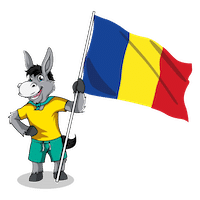
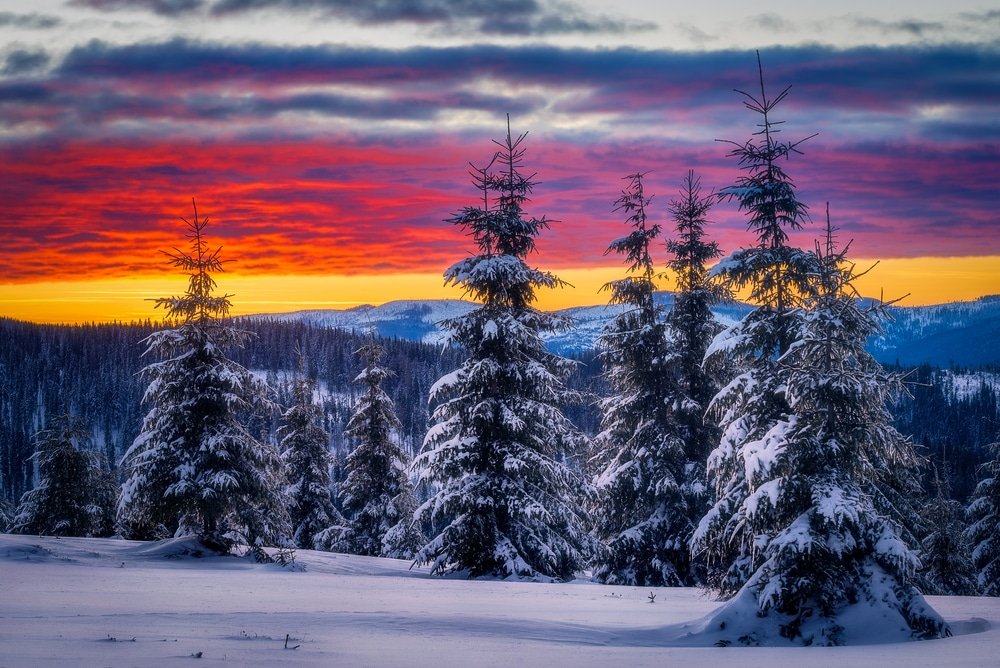
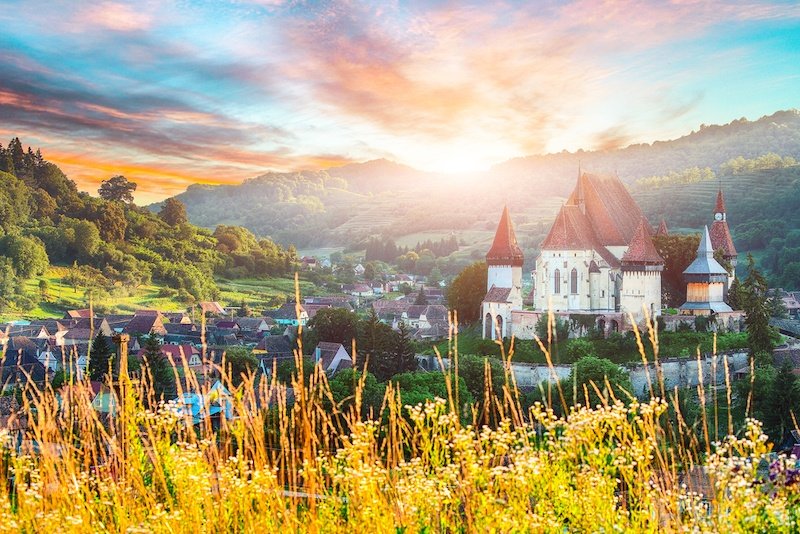
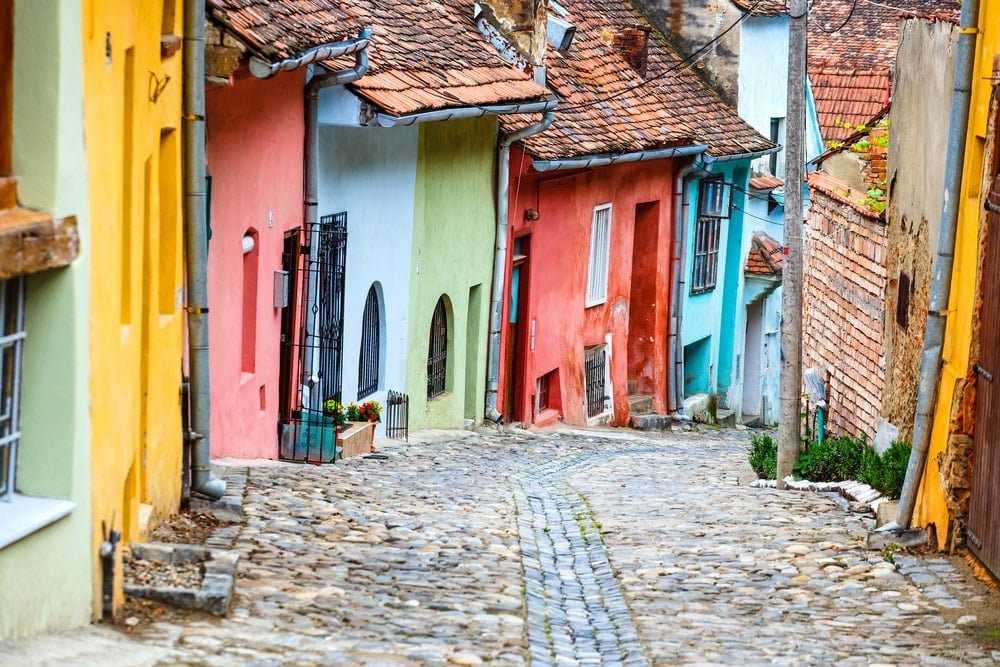
Always keep the content of your site like this. So that is quite
easy to understand. Thank you